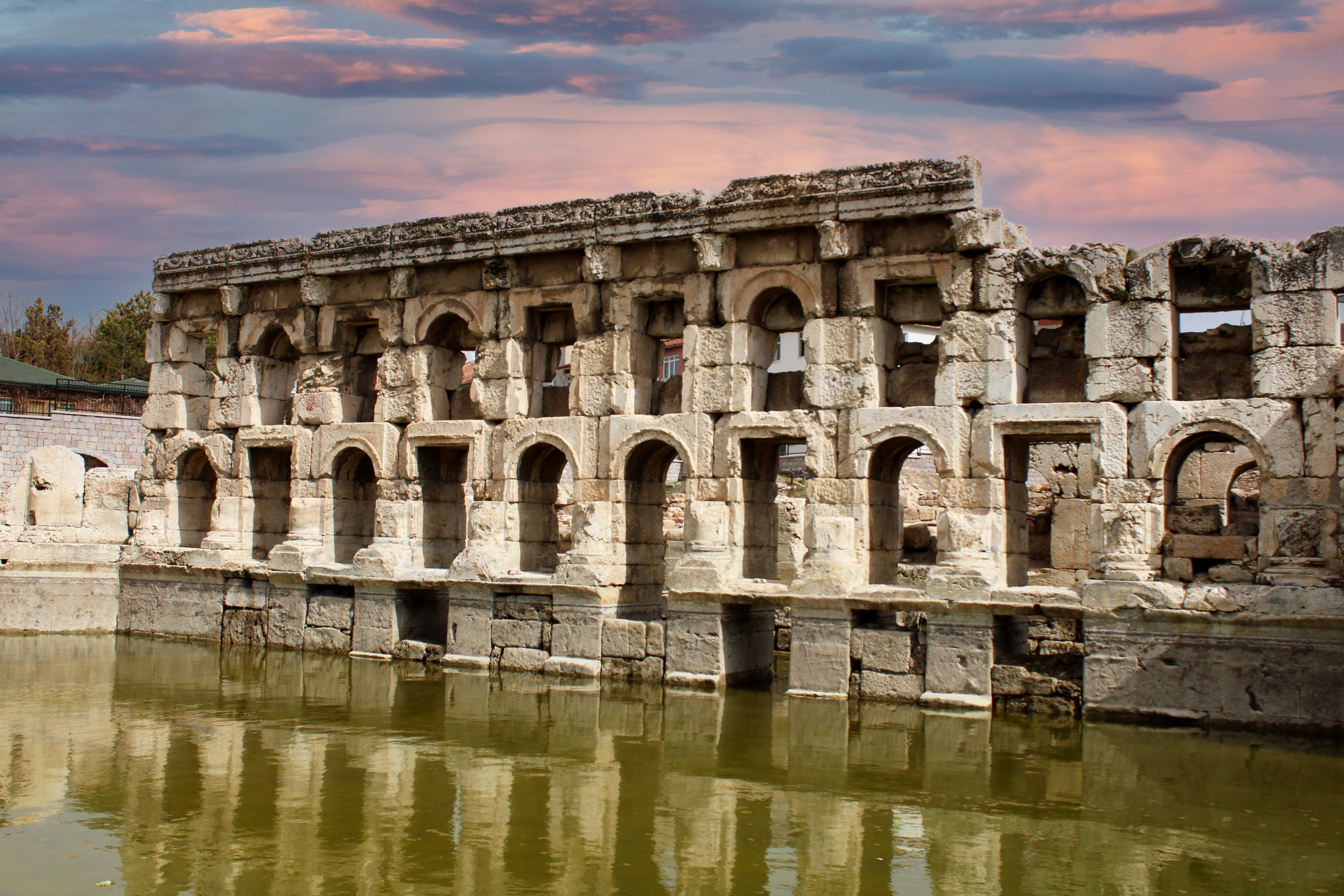For a number of centuries, we can see how popular bathing was as a form of recreation, health management, and spiritual connection. From prehistoric times to the bathhouses in Baden-Baden, the benefits of public bathing spread until a visit to a bathhouse became a prominent and anticipated activity. It was in the early centuries A.D. that there was a major shift in this.
The Changes to Public Bathing
In the 4th century A.D., the Byzantine Empire was formed and took power in the eastern provinces to the Roman Empire. They ruled many areas surrounding the Mediterranean Sea, including what was previously known as Constantinople, and brought about many new beliefs surrounding bathing. The emphasis on health and spirituality within bathing changed, and people mainly used baths as a hygiene practice. Using public bathhouses become much less common during this time, and there were multiple reasons for this:
Cleanliness:
A greater level of importance was placed on cleanliness and hygiene during this time. People often shared dishes and food throughout meals and so it was essential that everyone’s hands were clean beforehand. Sharing bathwater with many people in a public bathhouse was not considered very hygienic, and so it was more common for people to bathe at home.
Outside of mealtimes, it was required that people washed their face, hands, and teeth every morning. Only wealthy people had running water and bathrooms in their homes, most others would use shallow basins and jugs to carry out their daily cleaning.
The Church:
The church had many different views on public bathing. Pope Gregory said bathing was allowed once a week, but was to be carried out as a necessity, not a time-wasting luxury. This meant that those who used baths to rest and rejuvenate were frowned upon, making it much less common.
The church also felt strongly about mixing genders, as they thought it was a prelude to sin. This was because of common practices before meals where women would often help men bathe. This was believed to be morally incorrect, and therefore influenced people’s decisions on whether to bathe publicly with the opposite gender.

Because of these shifts in opinions and views, the use of public bathhouses was reduced significantly. When people did use the facilities, they were often separated by gender, with some places assigning certain days to men and other days to women. Some bathhouses also designated bathing days depending on religion or culture. They became very segregated, and after some time, very expensive. This meant that only prominent and wealthy people could use them, and they lost their popularity over time.
Public bathing declined even further in later years. Throughout the 11th and 12th centuries, people bathed a lot less, and very few would use a bathhouse. This was due to many theories circulating regarding the spread of different diseases. It was believed by many that certain illnesses were being passed from person to person through the shared waters.
Many people also claimed that illnesses passed through open pores. Since hot water is known to cause pores to expand, bathing in the thermal waters of a bathhouse was avoided. This wasn’t to say that people never bathed, they still used basins and jugs, just a lot less frequently than they previously did.
While these beliefs and opinions spread throughout the Byzantine Empire, there were still philosophers and medical practitioners who believed in the health benefits of warm water therapy elsewhere in the world. China and Japan saw significant developments in their own thermal bathing facilities during the same periods of time. Eventually, thermal water and public bathing grew popular again, with thermal spas still located throughout the world to this day.
Eager to know more? Download our infographic and sign up for our newsletter to be notified of the next blog post in our timeline!











